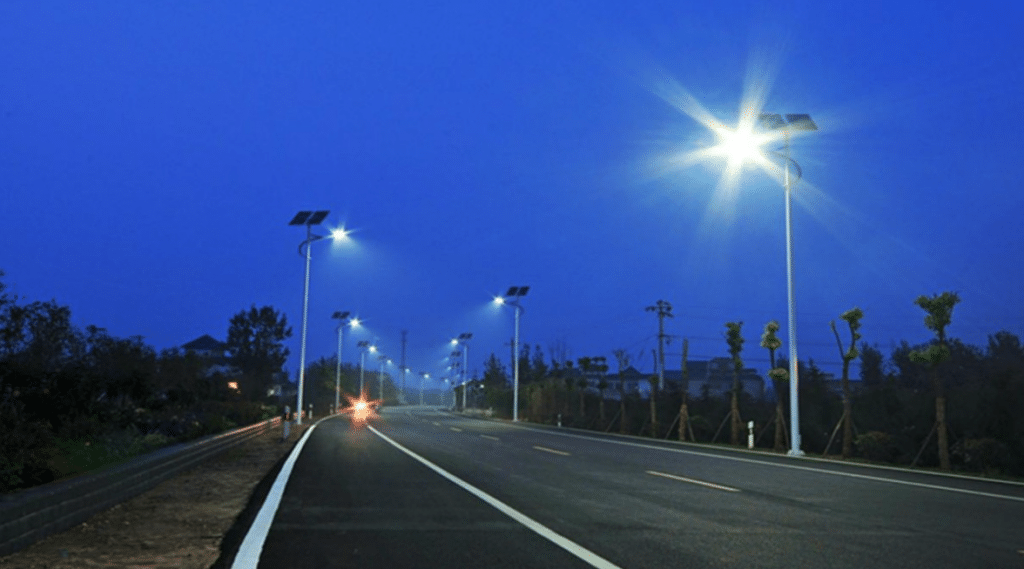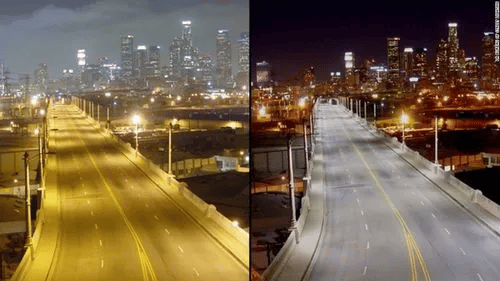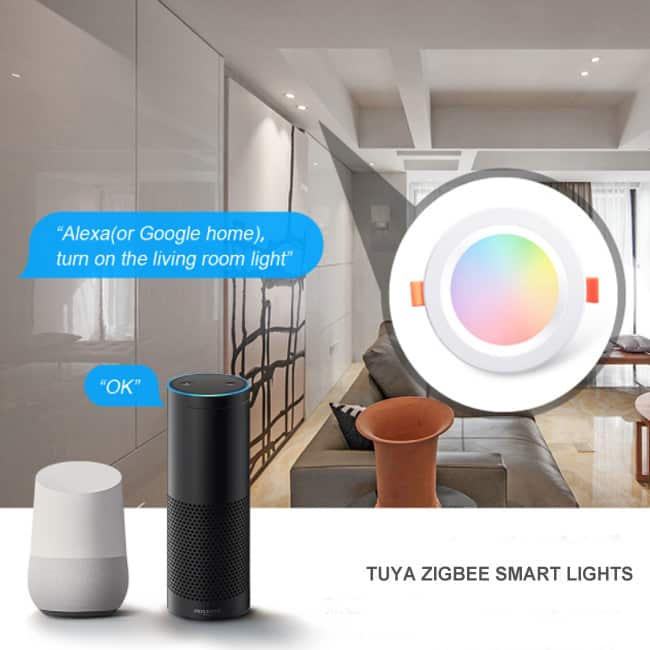
What are the advantages of solar powered street lights?
1. Cost Savings: Solar-powered street lights are much more cost effective than traditional street lights, as they require no electricity or wiring.
2. Eco-Friendly: Solar-powered street lights are powered by renewable energy sources, making them an environmentally friendly option.
3. Low Maintenance: Solar-powered street lights require minimal maintenance, as they do not require any wiring or electricity.
4. Durability: Solar-powered street lights are designed to withstand harsh weather conditions, making them a durable and reliable option.
5. Safety: Solar-powered street lights provide a safe and secure environment for pedestrians and drivers.
What is the voltage of solar street light?
The voltage of solar street lights can vary depending on the type of light and the size of the solar panel. Generally, the voltage of a solar street lamp is between 6V and 24V, the main one is a 3.2V system and a 12.8V system for solar-powered street lights with LiFoPo4 battery, and an 11.1V system for Li-battery.
What are the types of solar street lights?
1. Standalone Solar Street Lights: Standalone solar street lights are independent of the grid and require no external power supply. They are powered by a solar panel and battery combination and are typically used in remote areas where grid power is not available.
2. Grid-Connected Solar Street Lights: Grid-connected solar street lights are connected to the grid and require an external power supply. They are powered by a solar panel and battery combination and are typically used in urban areas where grid power is available.
3. Hybrid Solar Street Lights: Hybrid solar street lights are a combination of standalone and grid-connected solar street lights. They are powered by a solar panel and battery combination and are typically used in areas where grid power is available but unreliable.
4. All-in-one street lights: It is also called integrated solar street lights, a street light head, solar panel, solar controller, and Li-battery are included. It is easiest to do the installation.
What should I look for when buying solar street lights?
1. Quality of the solar panel: Make sure the solar panel is of good quality and is able to generate enough power to charge the battery.
2. Battery capacity: Make sure the battery has enough capacity to power the lights for the desired amount of time. you can check this blog: “What types of battery is the best for solar street lights?” to know more information about batteries.
3. Lumens: Make sure the lights are bright enough to provide adequate illumination.
4. Durability: Make sure the lights are made of durable materials that can withstand the elements.
5. Warranty: Make sure the lights come with a good warranty in case of any defects. a good solar street light manufacturer or supplier will provide 3years warranty at least.
Which sensor is used in solar street light?
A light-dependent resistor (LDR) is typically used in solar street lights to detect the presence of light. The LDR is used to detect the amount of light present and to turn the street light on or off accordingly.
How many watts is a solar street light?
The wattage of a solar street light can vary greatly depending on the size and type of the light. Generally, a solar street light will range from 10 to 150 watts.
What are the disadvantages of solar street lights?
1. High Initial Cost: Solar street lights require a significant upfront investment. The cost of a single solar street light can range from $2,000 to $5,000, depending on the size and type of the light.
2. Maintenance: Solar street lights require regular maintenance to ensure they are functioning properly. This includes cleaning the panels, replacing batteries, and checking the wiring.
3. Weather Dependent: Solar street lights are dependent on the weather, and may not be able to provide enough light during cloudy or rainy days.
4. Vandalism: Solar street lights are vulnerable to vandalism, as they are often located in remote areas.
How long does it take for a solar street light to charge?
The amount of time it takes for a solar street light to charge depends on the size of the battery, the amount of sunlight available, and the type of solar panel used. Generally, it takes between 6 and 12 hours for a solar street light to charge fully.
Which battery is best for solar street light?
The best battery for solar street lights is a lithium-ion battery. Lithium-ion batteries are lightweight, have a long lifespan, and are highly efficient. They are also able to withstand extreme temperatures and are resistant to corrosion.
Why do solar street lights not work at night?
Solar street lights are powered by solar energy, which is collected during the day. At night, when there is no sunlight, the solar street lights cannot collect energy and therefore cannot work.
What is the cost of one solar street light?
The cost of a solar street light can vary greatly depending on the type of light, the size, and the features included. Generally, a basic solar street light can cost anywhere from $50 to $500.
How long do solar street lights Last?
Solar street lights typically last for 3-5 years, depending on the quality of the product and the environment in which it is used.

Hello, customers
My name is Ricky Wang, I’m the business manager of GRNLED. I have been in LED lights industry for more than 10 year. Feel free to contact us. I’m happy to provide you the best service and products.
Email: info@grnled.com | WeChat: ledfixture






